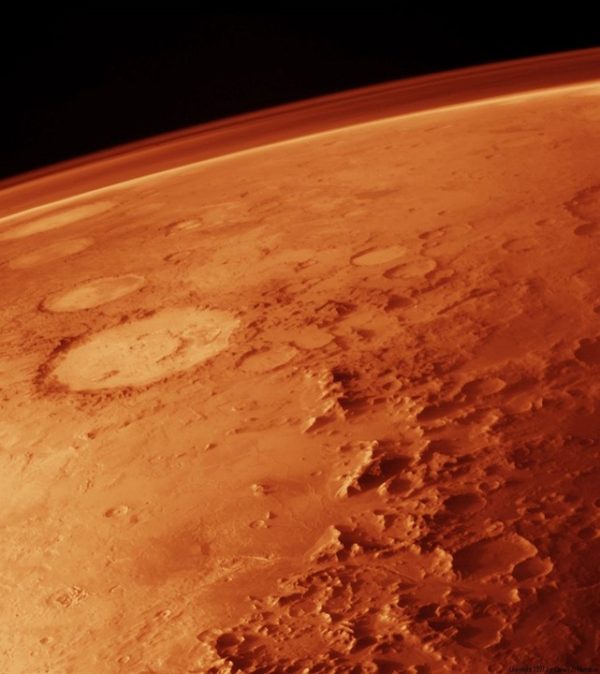Observations by a long-running Mars mission suggest that liquid water may have flowed on the Red Planet as little as 2 billion years ago, much later than scientists once thought.
Scientists charted the presence of chloride salt deposits left behind by flowing water using years of data from NASA’s Mars Reconnaissance Orbiter (MRO), which has been orbiting the Red Planet since 2006.
By studying dozens of images of salt deposits taken by the spacecraft’s Compact Reconnaissance Imaging Spectrometer for Mars (CRISM), the scientists interpreted a younger age for the salt deposits using a method “crater counting.” The younger a region is, the fewer craters it should have, with adjustments for aspects such as a planet’s atmosphere, allowing scientists to estimate its age.


